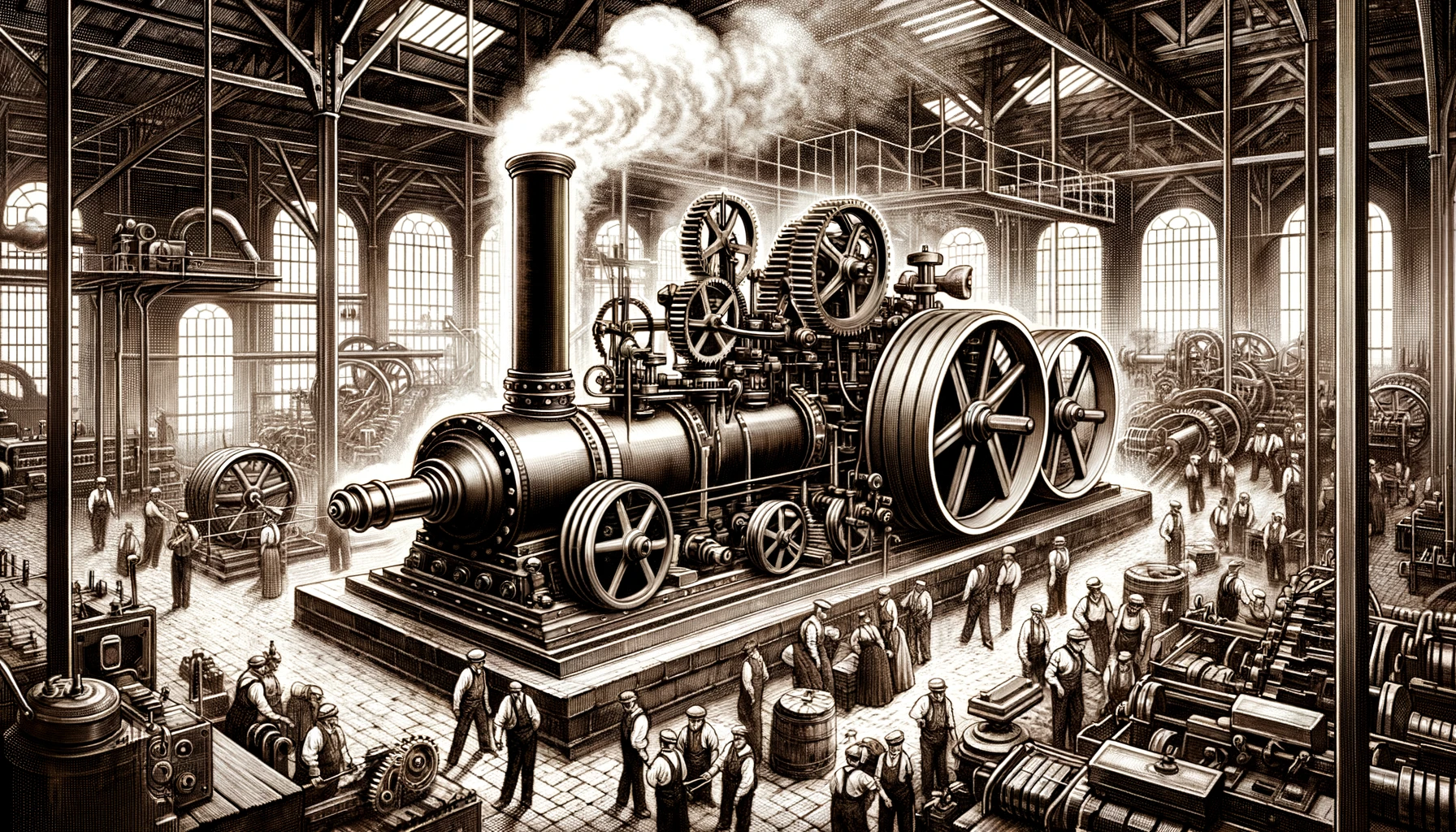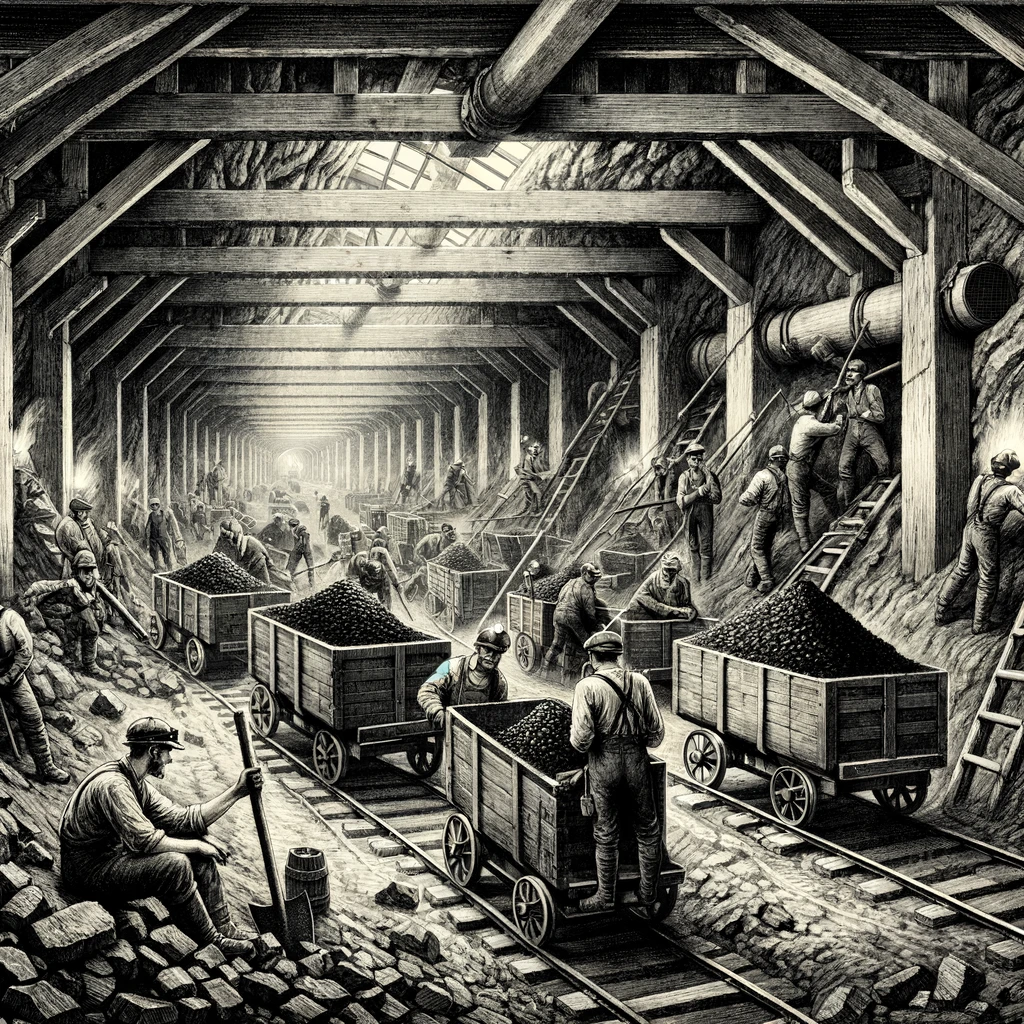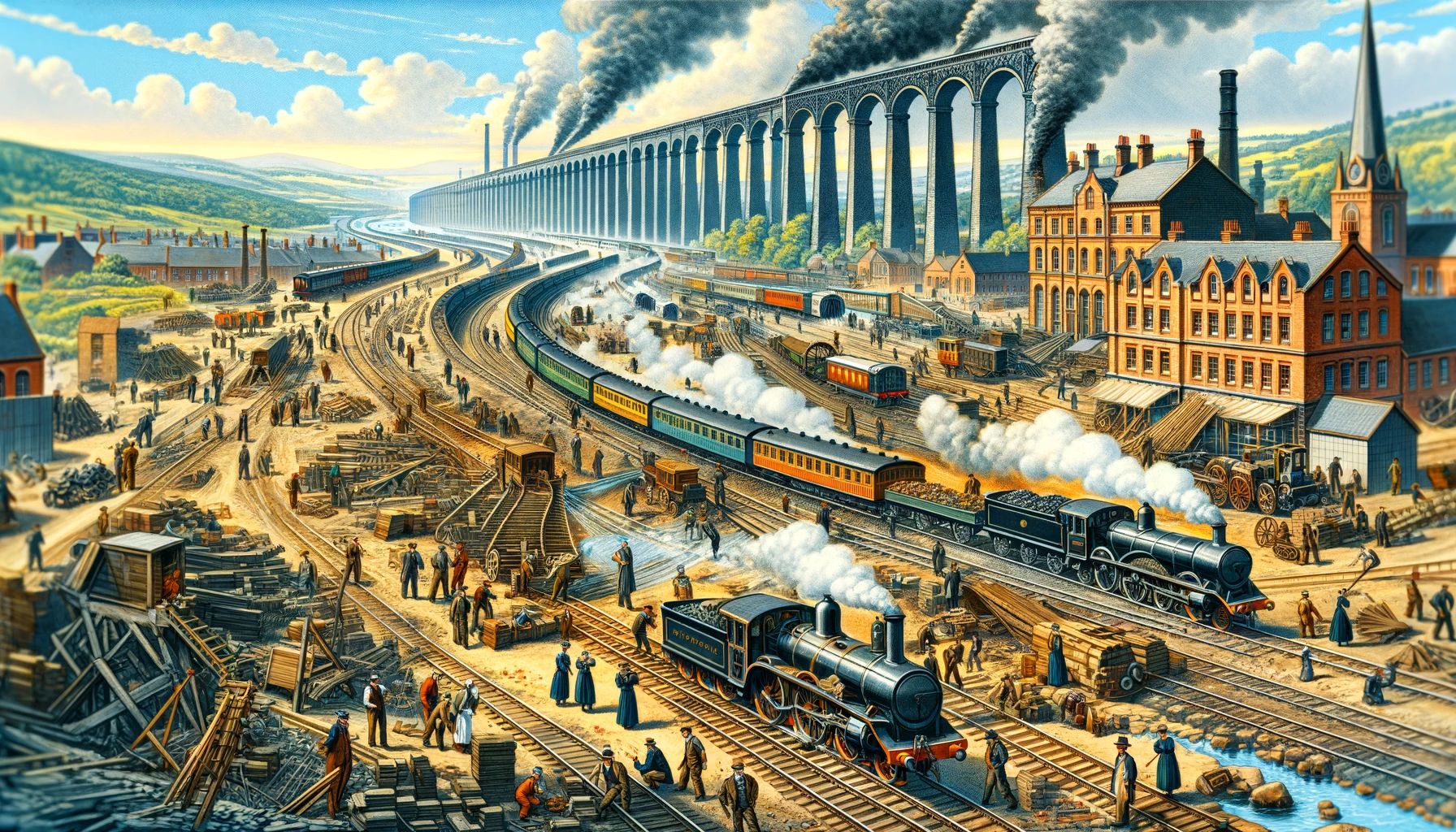Introduction
The First Industrial Revolution, a pivotal era in human history, marked the transition from agrarian societies to industrial powerhouses. This transformation, which began in the latter half of the 18th century and peaked in the 19th, was a period of significant economic, social, and technological changes that reshaped the world. The heart of this revolution was Great Britain, making it the birthplace of industrialization, with the steam engine emerging as its hallmark.

The Cradle of the Industrial Revolution: A Deeper Dive
Great Britain’s ascendancy as the cradle of the Industrial Revolution was not a matter of chance. It was the culmination of a unique blend of social, economic, and geographical factors that created fertile ground for unprecedented change. The significant increase in population during this era led to a surge in demand for goods, pushing the limits of traditional handcrafted production methods. This period was characterized by a remarkable shift towards mechanization, particularly in sectors such as textiles and mining, marking a fundamental transition of the British economy from predominantly agrarian to industrial powerhouse.
Social changes, such as the migration of people from rural areas to cities in search of better employment opportunities and the emergence of a new class of affluent industrialists who invested in the creation of factories and machinery, were a major driving force behind this transformation.
These social dynamics, coupled with Britain’s extensive colonial empire, provided not only the markets for British goods but also the raw materials essential for industrial production, such as cotton for the textile industry.
Innovations and Expansion: The Engines of Change
The introduction of ground-breaking machinery into manufacturing, which revolutionized industries, most notably textiles, was a defining feature of the time. Innovations such as the spinning Jenny, the water frame, and the power loom significantly increased production capacity and efficiency, transforming the textile industry into the forefront of the industrial revolution. Britain’s abundant coal reserves supported this mechanization by providing the affordable energy required to power the steam engines and factories, which sparked an industrial boom.

The expansion of the British empire played a pivotal role in this transformation. The colonies served as sources of raw materials and markets for British manufactured goods, creating a global trade network that fueled economic growth. The invention of the steam engine by James Watt not only revolutionized energy use in manufacturing but also led to the development of the steam locomotive and railways, further accelerating the movement of goods and people both within Britain and internationally.
Global Influence and Spread: Beyond British Shores
The impact of the Industrial Revolution extended far beyond the shores of Great Britain. Initially, Britain sought to maintain its technological edge and economic dominance by restricting the export of machinery, skilled labor, and manufacturing knowledge. However, the allure of industrialization and the economic advantages it promised proved irresistible to other nations. Countries across Europe, particularly those on the continent, began to seek out British technology and expertise, often through state-sponsored initiatives and industrial espionage.
Belgium emerged as a trailblazer in continental Europe, adopting the British model of industrial production. This shift was characterized by significant investments in coal and iron production, as well as the textile industry, laying the groundwork for Belgium’s industrialization and setting a precedent for other European nations to follow.
Challenges and Delays: The Complex Path to Industrialization
While Britain successfully navigated its path to becoming an industrial superpower, other nations encountered significant hurdles. France, engulfed in its revolution and grappling with political instability, found its industrial progress hampered. Similarly, the geopolitical tensions in Germany, culminating in the division by the Berlin Wall, presented substantial obstacles to unified industrial advancement.
Moreover, the disparity in wealth, power, and opportunities between Britain’s urban class and those of other countries underscored the uneven landscape of industrial development. In many regions, the absence of a robust financial system, political support, and social infrastructure delayed the adoption of industrial practices and the establishment of factories. This disparity highlights the multifaceted challenges that nations faced in emulating Britain’s industrial success, underscoring the complex interplay of factors that influence industrialization.
Conclusion

The First Industrial Revolution stands as a testament to human ingenuity and the transformative power of innovation. By delving deeper into the origins, innovations, and global spread of this era, we gain a richer understanding of its significance and the myriad ways it reshaped the world.



